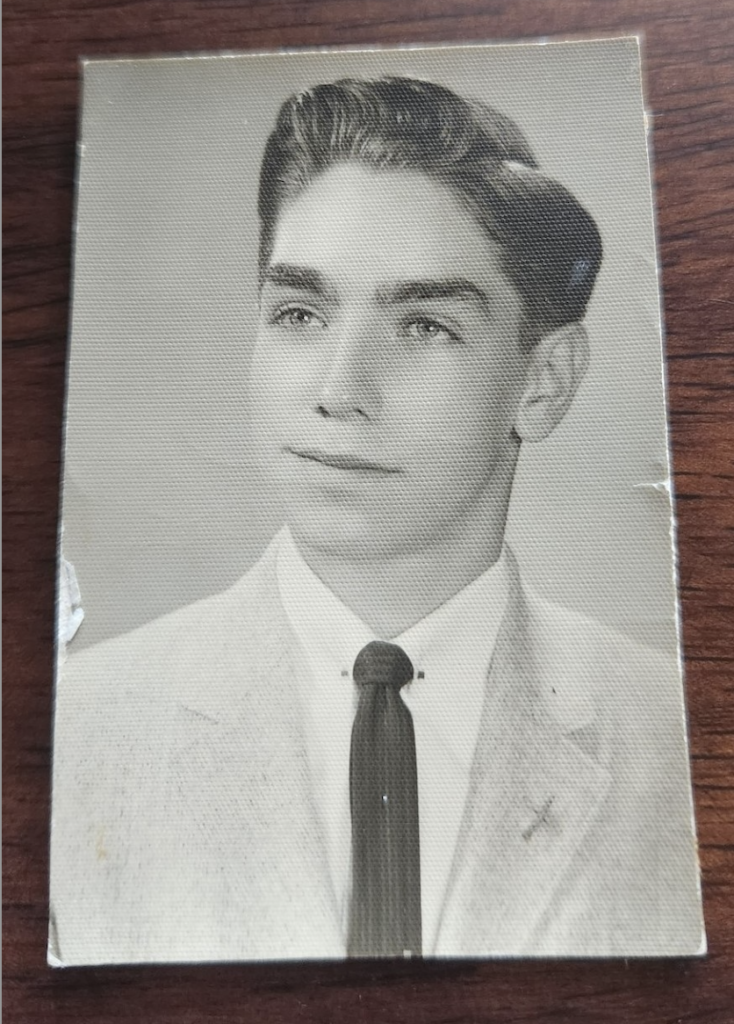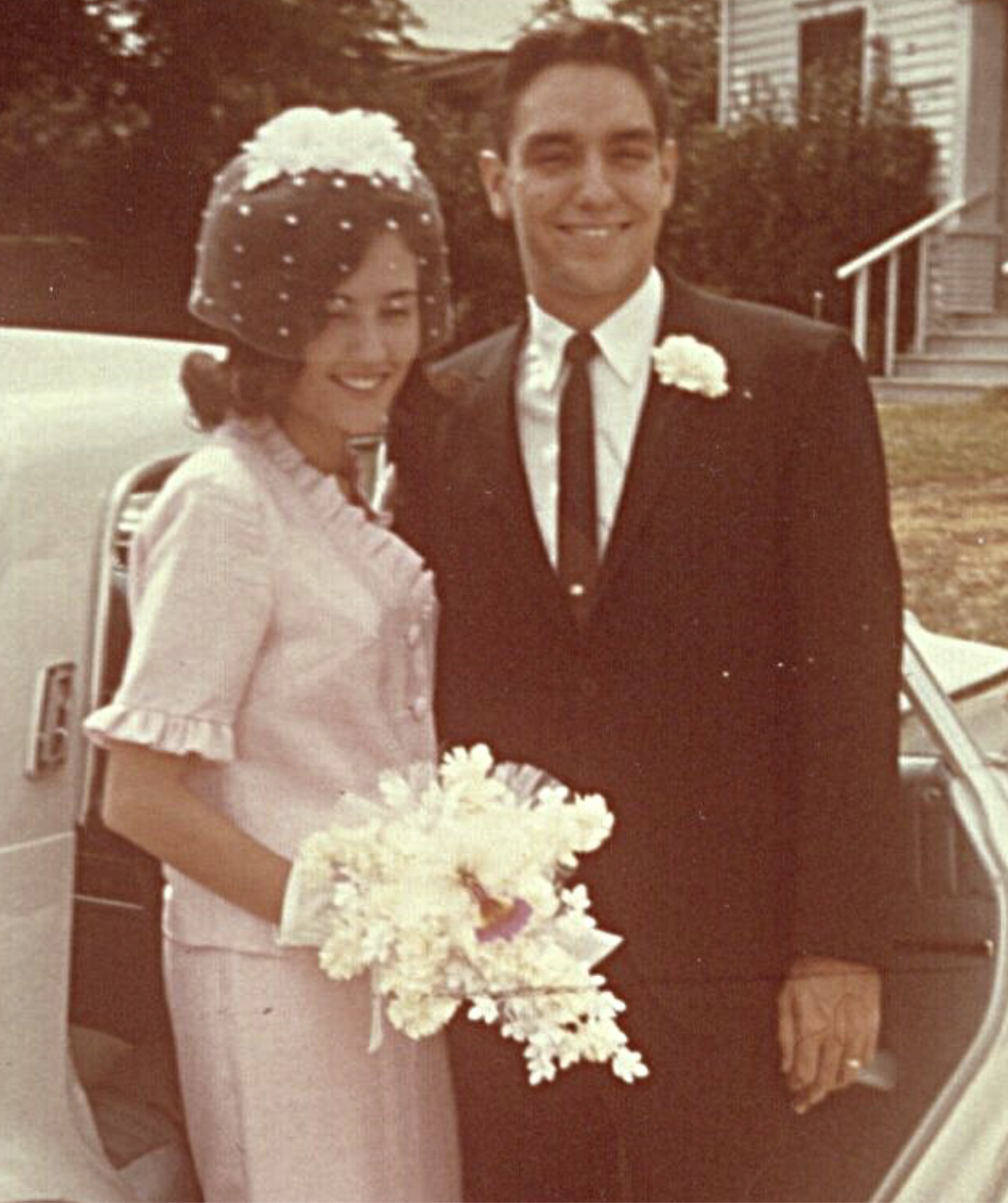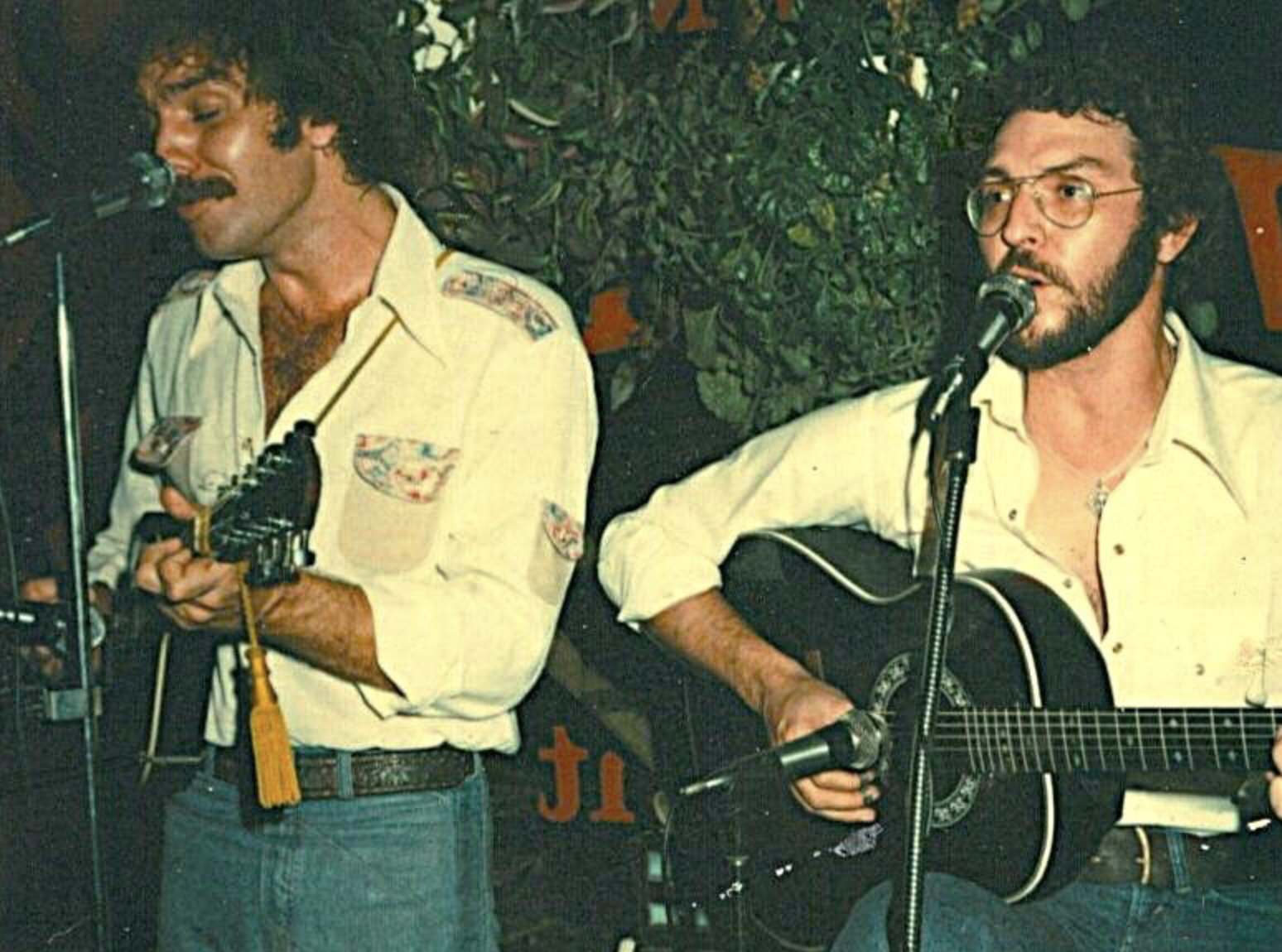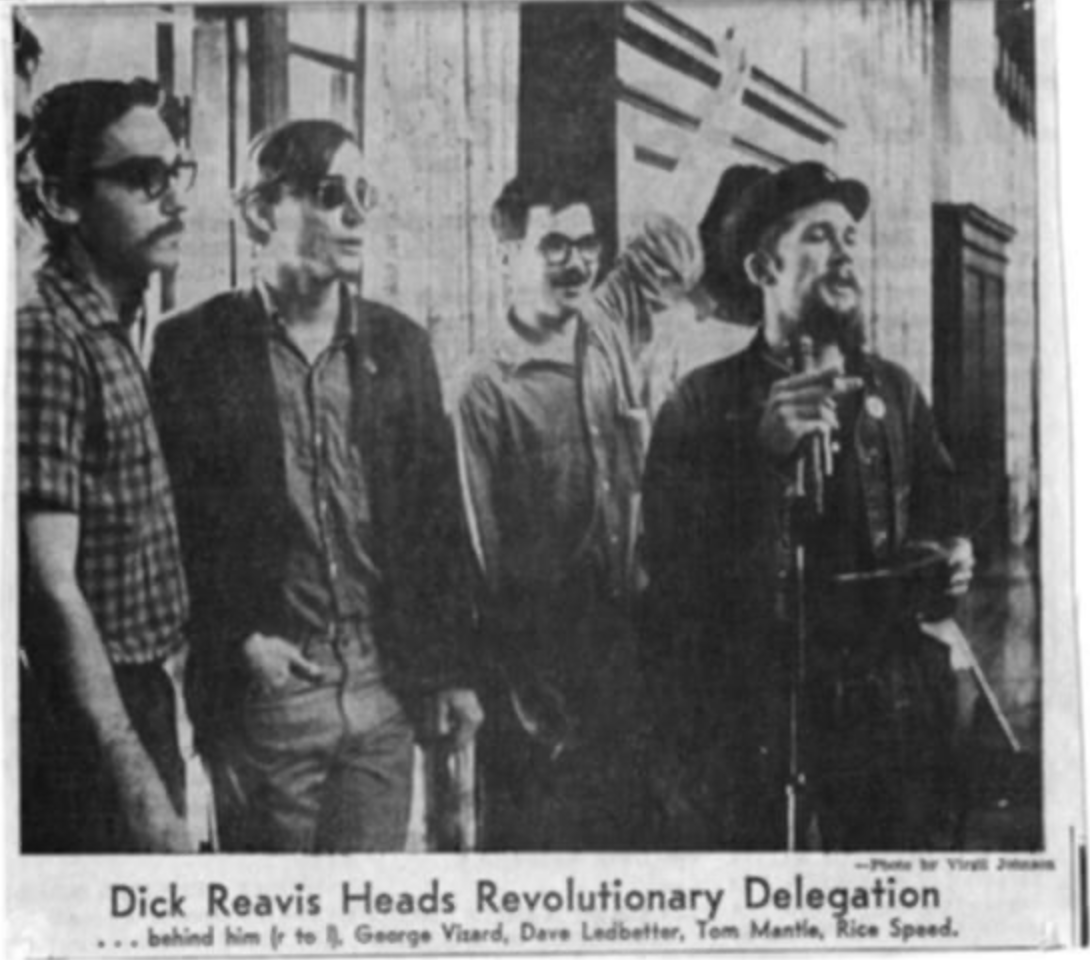
When I was a 17-year-old girl in Corpus Christi, Texas, then a small city at the bottom of America, Naval cadets came for ROTC training at the Naval Air Station there every summer and the “town girls” were invited to dances and dinners for them.
I had a fun summer fling with one cadet, but he kept talking incessantly about his friend Tom Mantle, to the point where it was annoying. I finally asked him why he was so obsessed with this guy. He looked me straight in the eyes and said, “Because that’s the man you will someday marry.”
Summer ended and I didn’t hear from the cadet for over a year. Then he called out of the blue, inviting me to homecoming weekend at the University of Missouri at Columbia. Having nothing better to do, I accepted and got on a Greyhound bus. I was met at the station, not by the summer fling, but by the infamous Tom Mantle. By the end of the week, we were living together.
Tom was born in Missouri in 1946. His father and uncle owned a sandwich shop in East St. Louis and his mother took care of everything else. He graduated from high school in St. Louis and attended college at the University of Missouri at Columbia majoring in political science. After we met in 1964, he dropped out. We were married in 1965.
We rented a place in St. Louis for a few months, until I realized I could not bear the winters there and missed Texas. On an impulse, we loaded everything we had into our little VW and took off for Texas. We stopped in Cleburne to see my family. My mother offered us $1000 if we got married and that seemed like a pretty good deal. We planned to wed in my grandparents’ home in Cleburne. Tom invited his best friend, Joe, to come be his best man. Joe, an exchange student, was a prince in Uganda. When he arrived, no motel in town would rent him a room, and my hidebound grandparents would not let him stay at their house. Joe went back to St Louis sans ceremony. This was not an auspicious beginning, but we needed the money, so the wedding took place.

We took off for McAllen, where we lived in a shack with dirt floors and an outside shower. We struck up a friendship with a young radio announcer, Carlos Guerra. Due to anti-Mexican American sentiments at the time, he went by the name “Charlie War.” He and Tom forged an alliance in a failed attempt to unionize workers on the King Ranch. I had grown up hearing stories (true or false) about bodies of “troublemakers” being found on the Ranch and I knew the power of the Kleberg family. We decided that we needed to leave.
Packing up our belongings again, we landed in Austin, where I used my EEG training from high school to get a job at Seton Hospital and Tom became involved in Students for a Democratic Society. He helped found the RAG newspaper in October of ’66 and we became close friends with a small group of SDS/RAG people, including Mariann and George Vizard. Politically, things got very hot that year. “Hippies” were fair game for fraternity thugs on the streets of Austin. Yet the ranks of anti-war activists and Black Power advocates were growing exponentially, and there was revolution in the air. George was arrested twice in the spring of ’67 for basically exercising his civil rights; the police openly had it in for him. We were all very young. We wanted to live and enjoy living.

The guys devised a plan to get jobs, make enough money to buy motorcycles, and go to San Francisco (it was the “Summer of Love”), from whence they would send for Mariann and me when they found work and living quarters there. They got a job together running a convenience store in North Austin, with Tom the nominal manager since we had a phone and the Vizards did not, and the two of them splitting the long shifts and weekends.
On my way to work one Sunday morning in July, I passed George riding a bicycle on his way to open the store and we happily exchanged waves. Apparently, I was the last person to see him alive, other than the man who shot him. I got a frantic call from Tom a half hour after I arrived at work, telling me that George was dead, and the police were interviewing him. I picked him up at the store, where he had identified George’s body in the cooler, and we raced to be the ones to deliver this horrible news to Mariann before the police could. The rest is a blur. I remember us both in tears, blurting out the news at her door. I remember making coffee in their tiny kitchen. I remember all of us huddling together with our friend Paul Pipkin, who was also devastated, in our apartment and fending off intrusive phone calls from the press and finally, a call from the hip community’s chief inquisitor, APD Lieutenant Burt Gerding, the only “official” notification Mariann ever had of her husband’s death.
I remember Mariann in a white dress at the funeral, and Tom and Paul both trying to punch out one really pushy guy among the small throng of reporters crowding around the funeral home door and shouting at her. The police were eager to pin George’s murder on someone in the radical community, theorizing a “love triangle” or an “insurance plot.” We all had alibis but were told that if we so much as jaywalked we would be arrested. A number of people, including Tom and Mariann, took lie detector tests to establish their innocence. The pressure and the grief were overwhelming.
Tom and I fled to San Francisco, camping by the side of the road to save money. We moved in with Tom’s brother Dink, who was living in a beautiful Victorian house at 870 Ashbury, dead center of the Haight-Ashbury scene. Our marriage did not long survive the trauma and upheaval. I moved to a friend’s houseboat in Sausalito and Tom briefly moved back to Austin with his brother’s girlfriend, Clair Montgomery, and her brother Dick (who I would marry some 30 years later). The FBI was apparently following both of us, as they tracked me down to ask me why Tom and I broke up.

After some problem in Austin (I never knew the details), Tom and Clair moved to the Caribbean and then New York City. In the early 70’s, Tom moved back to California and, with his brother Dink, became “Red Dog,” with Dink on guitar and Tom on blues harmonica. They performed for many years before Tom moved to Santa Cruz and opened a jewelry shop, The Goldsmith. After he and Claire divorced, Tom married twice more, adopting his second wife’s two sons before she passed away. Tom loved women, and women loved him back.
IN 1981, 14 years after the crime, a man was arrested and charged with George Vizard’s murder. Tom went back to Austin to testify for the prosecution, reliving the traumatic loss of a friend and partner. While the evidence was actually airtight, and many prosecution witnesses contributed to the eventual verdict of “Guilty,” it’s fair to say that Tom’s crystal clear memory and emotionally-charged testimony contributed to that outcome.
Sadly, sometime after the turn of the century Tom Mantle was diagnosed with Alzheimer’s disease and died at his home on July 2, 2024. I hope all the sad memories were gone by then, and only good times remained.
[Mary Mantle ran the Neurodiagnostic Lab at the University of California at San Francisco and later worked for Amnesty International as the Regional Action Coordinator for the Northern Andean countries. Returning to UCSF, she went into research and started the Magnetic Source Imaging Lab, a method for mapping the brain for epilepsy surgery. She taught the technique in Madrid, Spain, and Guangzhou, China. Now retired, she lives in Corpus Christi with her husband.”]


















I read your story, with tears in my eyes. It was such a difficult time. I remember Marianne (sp?) speaking at the state capitol the day after Martin Luther King was assassinated. Difficult times . I moved back to Canada in 69 and am now happy on Salt Spring Island BC Bless you and your tribe.
Phillip